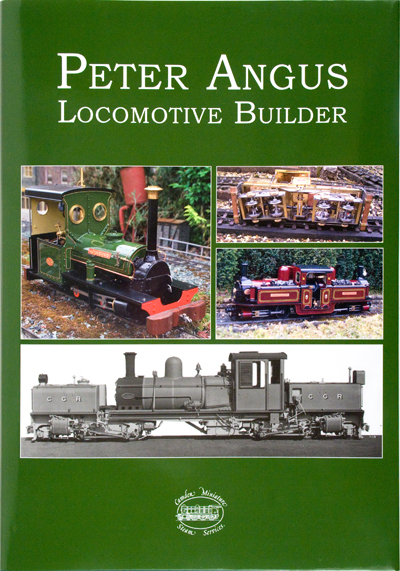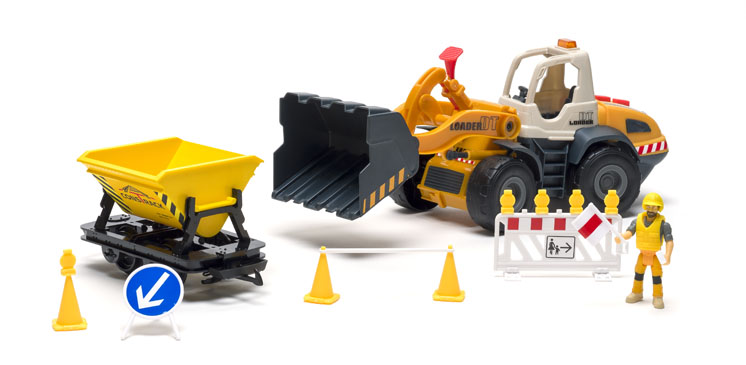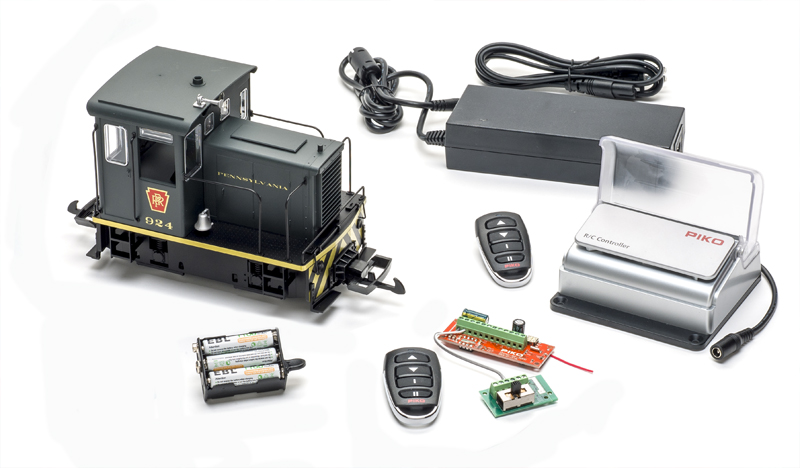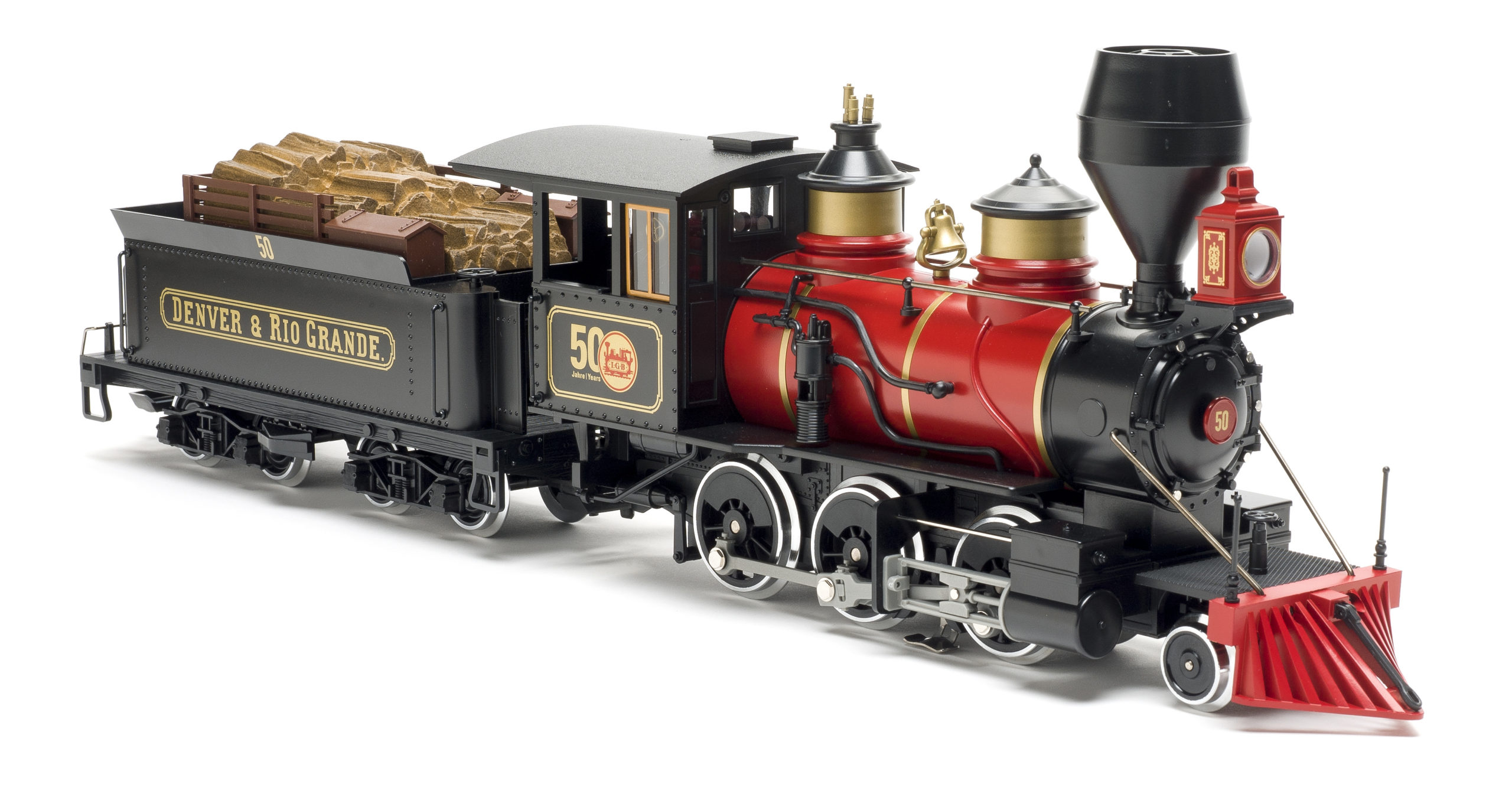by Peter Angus
Camden Miniature Steam Services
Barrow Farm
Rode, Frome, Somerset BA11 6PS
Great Britain
8 3/4″ x 11 3/4″, hardbound, 222 pages, color and b&w photos
Price: £32.50 + £10.02 s&h to the US
Website: www.camdenmin.co.uk
It begins with a brief introduction, which gives some basics of model steam-locomotive construction as well as an overview of the author’s philosophy when it comes to locomotive building. Peter does not build everything from scratch but uses any suitable commercial parts that might be available, which considerably speeds production. He also uses his own unconventional methods on top of those that might have been employed in the prototype. For instance, he has often used self-contained steam motors from a variety of manufacturers if they can be conveniently hidden in the bodywork of an engine. Following the introduction is an discussion of scale and gauge. Peter uses a variety of unconventional scales in his work—i.e., 17mm to the foot—if it seems to fit the project he is working on or correctly matches the scale to the track gauge. He is not a stickler for prototypical accuracy. First and foremost, the models must perform well and look good.
Peter Angus was drawn primarily to narrow-gauge locomotives from around the world: not run-of-the-mill engines but the more unusual ones. The book is organized by locomotive type or group, as opposed to a chronological account of his work. There are chapters on Avonside geared locomotives, tramway engines, industrial locomotives, 7/8″-scale locomotives, Beyer Garratts, and much more.
Most of the models are based on full-size prototypes, most of them being unusual or downright odd. Descriptions are often accompanied by interesting historical information about the prototype, along with prototype photos. Descriptions (and photos) of the models often include information about the author’s unique approach to model building. Every one of the engines is beautifully made and beautifully finished. At the back of the book is a list of all 300 locomotives, the date each was made, its wheel arrangement, name, description, and the prototype upon which it is based. My only complaint about this book is that it does not contain an index.
The layout of the book is also interesting. The primary text, often with the historical information about the prototype as well as a discussion of the model, is on a white background, all photographs (including prototype photos) are on a green background, usually with captions that further illuminate their subjects.
The volume itself is finely produced. It’s hardbound with a dust jacket and is printed on bright white, matte paper. Photo reproduction is excellent. It is not often that a significant new book concerning the small-scale-live-steam hobby appears so, when one does, it is gladly received. If you are an enthusiast or student of small-scale-live-steam locomotives, you’ll want this book on your shelf. It can only be ordered from the publisher; you can do so from their website using PayPal. \














